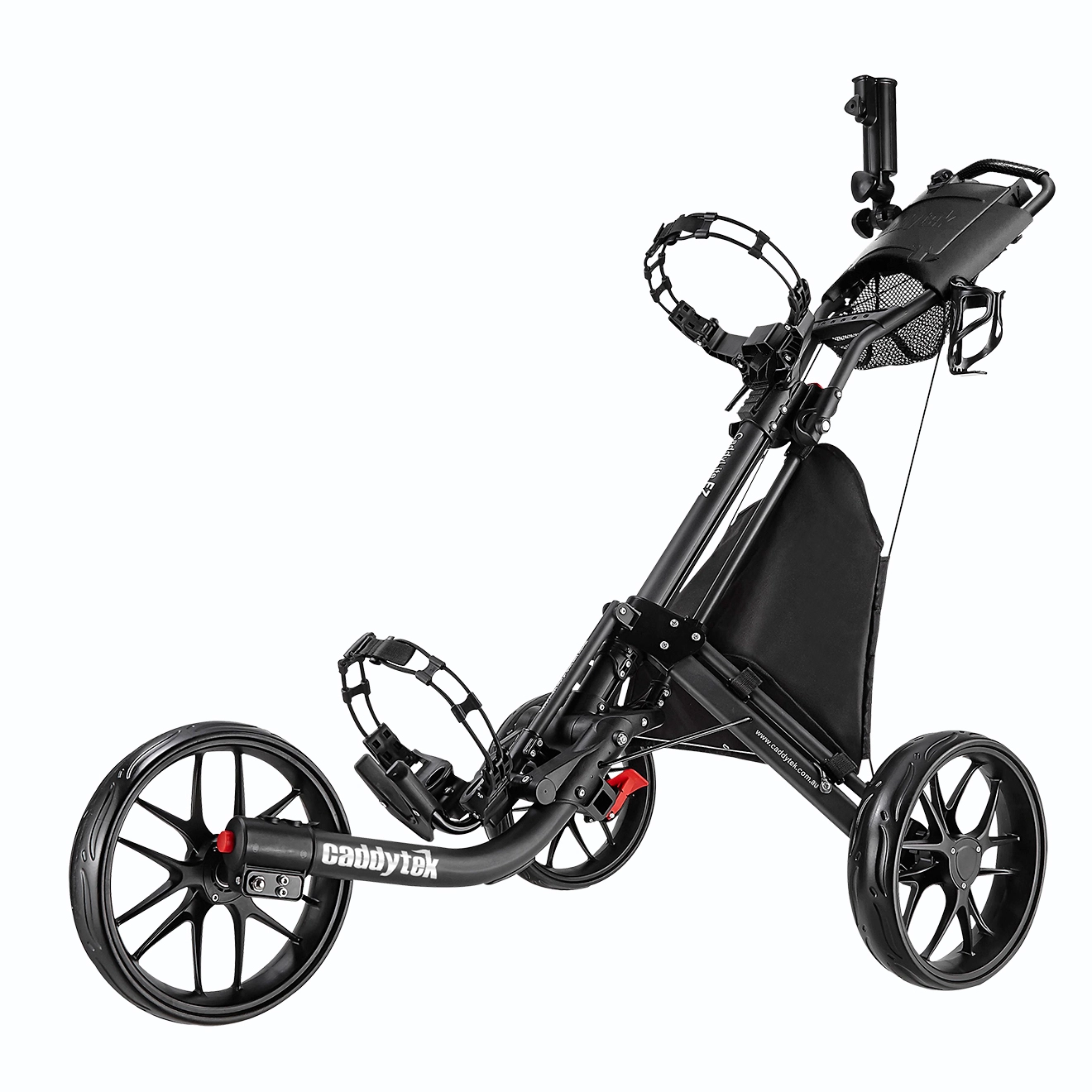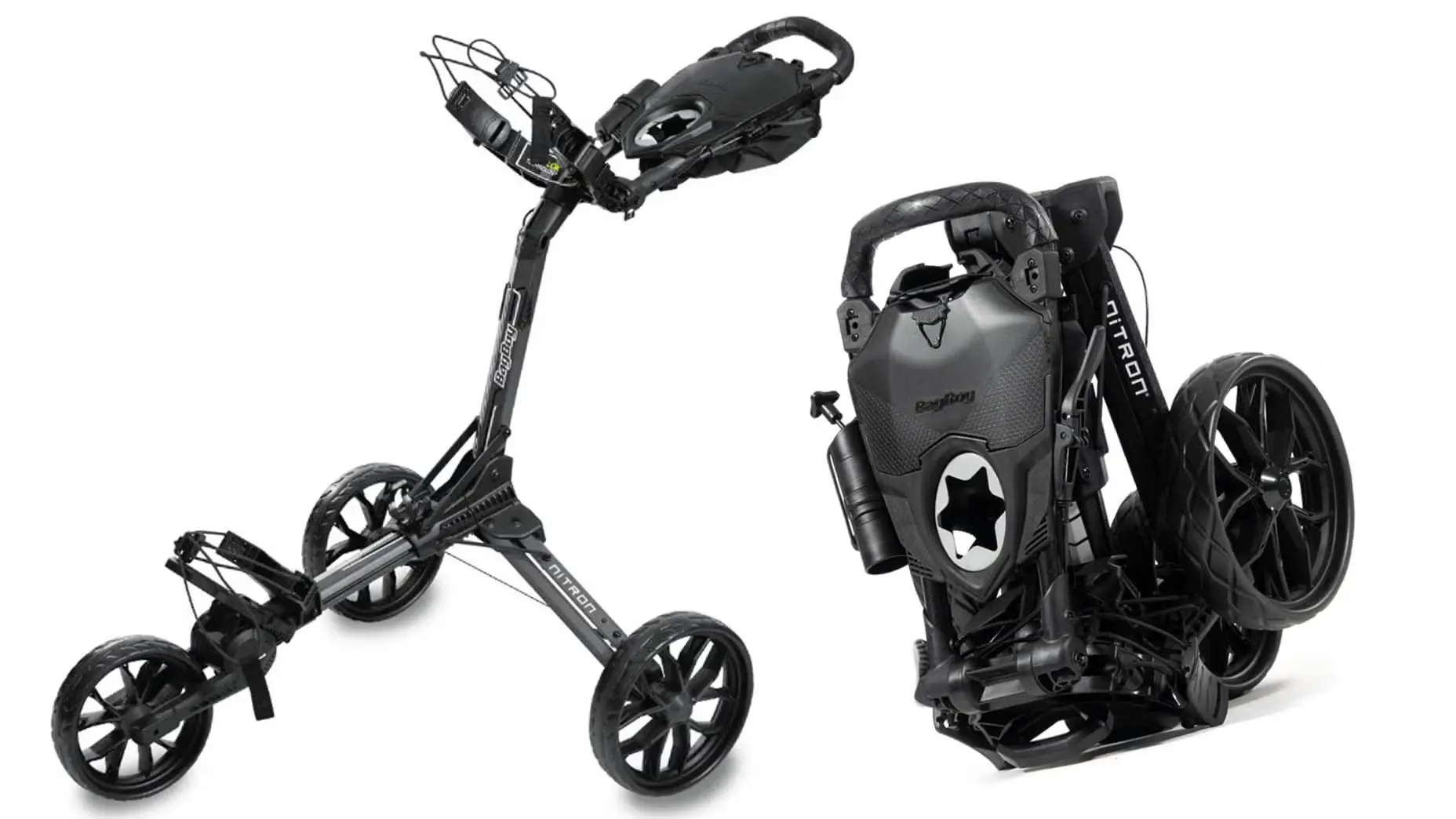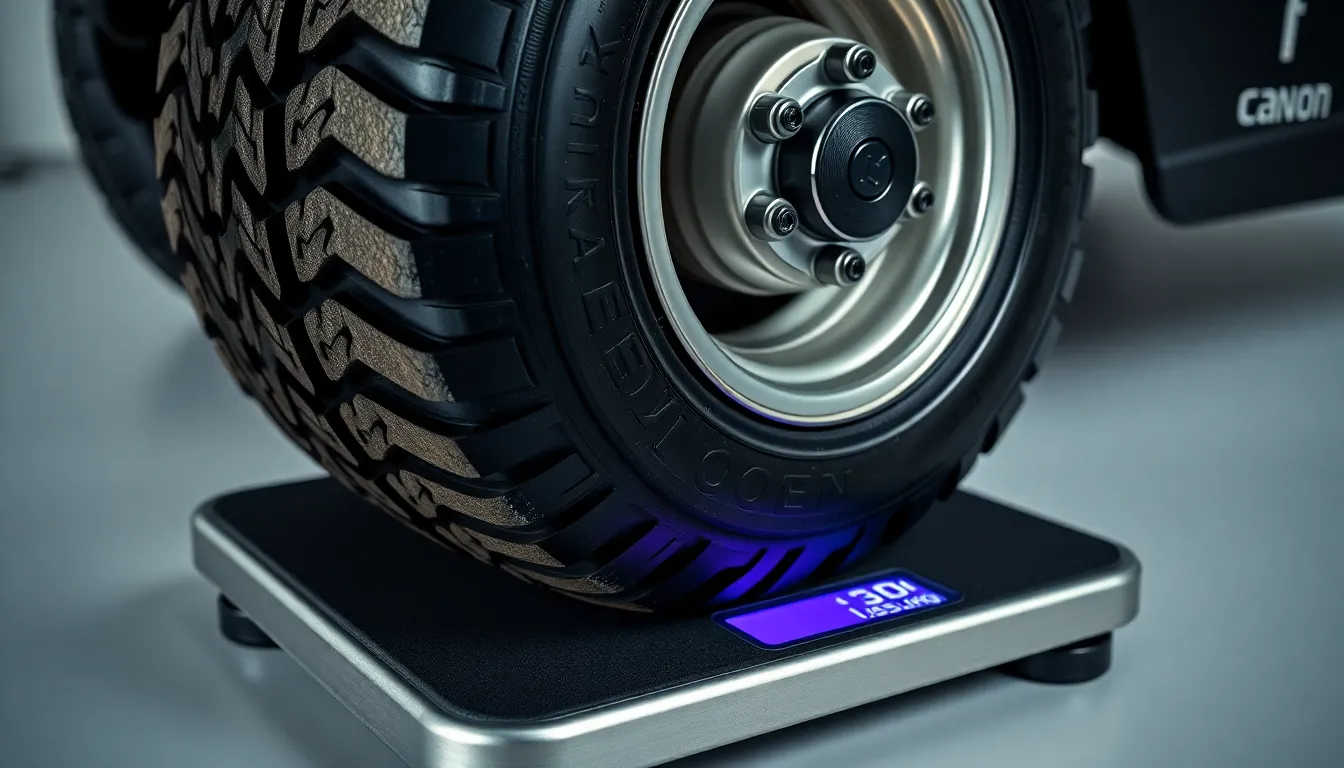
How Much Is a Golf Cart? Complete Pricing Guide 2025
Discover how much a golf cart costs in 2025 with our comprehensive pricing guide covering new, used, electric, and gas models plus ownership expenses.
Discover the best golf push cart options of 2025 with our comprehensive guide comparing features, prices, and durability for every type of golfer.

Walking the golf course offers tremendous benefits for your health and game, but lugging a heavy bag for 18 holes can quickly turn enjoyable exercise into a shoulder-straining ordeal. That's where the best golf push carts come in - these wheeled wonders have revolutionized the walking game, making it accessible and comfortable for players of all ages and abilities.
In this comprehensive guide, we'll walk you through everything you need to know about selecting the perfect push cart for your needs, from budget-friendly options to premium models packed with features that would make a luxury SUV jealous.
If you're still on the fence about whether a push cart is worth the investment, consider these compelling benefits:
According to a study by the American Orthopedic Society for Sports Medicine, golfers who use push carts report 44% less back strain compared to those who carry their bags. This can mean the difference between enjoying your round's last few holes or limping to the finish line.
Many golfers don't realize how much energy they expend carrying a heavy bag. Research from the Walking Golfers Society shows that players using push carts maintain more consistent energy levels throughout their round, which translates to better focus and typically 2-3 fewer strokes on average.
Today's best golf push carts aren't just about wheels. They come equipped with:
If you're looking to understand other aspects of golf equipment, check out our guide on how much a golf cart costs for motorized options.
After testing dozens of models and consulting with golf professionals, we've narrowed down the very best golf push carts on the market today. Our selections balance durability, features, value, and overall performance.

The Clicgear 4.0 continues to dominate the push cart market for good reason. Its aircraft-grade aluminum construction provides unmatched durability while keeping weight manageable. The patented folding mechanism compresses to an impressively compact size that fits easily in most car trunks.
What truly sets the Clicgear apart is its exceptional stability on hills and rough terrain, along with maintenance-free airless tires. The handlebar has multiple height settings to accommodate golfers of any stature, and the integrated storage offers easy access to all your essentials.

The CaddyTek EZ V8 delivers exceptional value with features usually found on carts costing much more. Its patented one-click folding system makes setup and breakdown a breeze, while the four-wheel design provides superior stability even on uneven terrain.
We were particularly impressed with the front wheel alignment mechanism that ensures your cart tracks straight with minimal adjustments. The built-in cooler bag, umbrella holder, and spacious storage net round out a complete package that won't break the bank.

The Bag Boy Nitron revolutionizes the push cart experience with its nitrogen-powered auto-opening system. Simply release the latch, and the cart opens itself in seconds - a game-changer for golfers with mobility issues or those who simply value convenience.
Beyond its innovative opening mechanism, the Nitron features the proprietary Top-Lok technology that secures your bag without straps, oversize foam-padded handle, and extra large accessory compartment. Its lightweight yet sturdy frame provides the perfect balance of portability and stability.
If you're looking for alternatives to walking the course, you might want to read about golf cart license requirements for motorized transportation options.
With so many golf push cart options available, selecting the right one for your needs can be overwhelming. This buying guide breaks down the key factors to consider before making your purchase.
Understanding these key factors will help you make an informed choice that balances your needs and budget. For more golf equipment advice, check out our guide on golf cart speed limitations.
A quality golf push cart is an investment, and proper maintenance can significantly extend its usable life. These simple tips will keep your cart rolling smoothly for years to come.
Grass, dirt, and debris can accumulate in wheels and moving parts. Use a brush or compressed air to clean these areas regularly. Wipe down the frame with a damp cloth to prevent buildup that can cause corrosion over time.
The vibration from rolling over uneven terrain can gradually loosen screws and bolts. Periodically check all hardware and tighten as needed. A small travel-sized multi-tool is perfect for this purpose.
Apply silicone-based lubricant to hinges, joints, and folding mechanisms every 10-15 rounds. Avoid using WD-40 or oil-based products, which can attract dirt and cause premature wear.
Check for embedded stones or debris in the tires. Examine wheel bearings for smooth operation and apply lubricant if needed. Replace any damaged wheels promptly to prevent further issues.
Store your cart in a dry, climate-controlled environment when possible. Avoid leaving it in extreme heat (like a car trunk during summer) or damp conditions, which can deteriorate materials and electronics.
Maintenance Tip: Most manufacturers recommend a full cleaning and lubrication at least twice per golf season for regular users. This simple routine can double your cart's effective lifespan!
Neither is universally "better" - it depends on your priorities. Three-wheel carts offer better maneuverability and typically fold smaller, making them ideal for golfers with limited storage space. Four-wheel carts provide superior stability, especially on hills and uneven terrain, making them perfect for courses with varied topography. If you primarily play flat courses, a 3-wheel cart might be sufficient, while hilly courses benefit from the 4-wheel design.
Traditional pull carts have two wheels and are designed to be pulled behind you at an angle. Modern push carts typically have three or four wheels and are designed to be pushed in front of you. Push carts are ergonomically superior as they require less twisting of your spine and shoulders, reducing strain and potential injury. They also offer better stability, maneuverability, and typically come with more features and storage options than traditional pull carts.
For a durable, feature-rich push cart that will last multiple seasons, expect to spend between $150-$250. Budget options under $100 exist but often compromise on durability and features. Premium models above $250 offer refinements like more compact folding, enhanced storage, and premium materials, but provide diminishing returns for casual golfers. If you walk the course more than once a week, investing in a mid-range to premium model ($180-$300) is worthwhile for the improved experience and longevity.
Most modern golf push carts are designed to accommodate a wide range of golf bags, including stand bags, cart bags, and even staff bags. However, certain combinations work better than others. Stand bags sometimes sit awkwardly due to their built-in legs, though many newer push carts have adjustable brackets specifically designed to secure stand bags properly. Cart bags naturally pair well with push carts. For oversized or tour staff bags, ensure the push cart has a weight capacity rating that can handle the extra weight (typically 40+ pounds when fully loaded).
Folded dimensions vary significantly between models. Premium carts like the Clicgear 4.0 fold down to approximately 24" x 15" x 17", while some budget models might be less compact. The most space-efficient designs on the market can fold to dimensions as small as 17" x 13.5" x 15". Four-wheel models typically have a larger footprint when folded compared to three-wheel designs. If trunk space or home storage is limited, prioritize models that advertise compact folding as a key feature and check the exact folded dimensions before purchasing.
Electric golf carts (often called "electric trolleys") offer the convenience of motorized operation but at a significantly higher price point ($600-$2,000+). They're worth considering if you: play on particularly hilly courses, have physical limitations that make pushing difficult, play frequent rounds, or simply prefer the luxury of not having to push. However, they require battery charging, weigh considerably more, and have more components that can potentially malfunction. For most recreational golfers, a quality manual push cart offers better value, simplicity, and reliability.
While needs vary by golfer, the most useful accessories include: an umbrella holder (protects from both rain and sun), a drink holder (staying hydrated is crucial during a round), a mobile phone/GPS mount (for convenient distance information), and additional storage solutions (for rain gear, extra clothing, or snacks). Many premium carts come with these features built-in, while budget models might require purchasing them separately. Prioritize accessories based on your local climate and personal preferences.
A cart that veers to one side is usually caused by wheel alignment issues. First, check that all wheels are properly inflated (if using pneumatic tires) and free from debris. Many carts feature front wheel alignment adjustments - consult your manual for the specific mechanism on your model. This might involve adjusting a knob or dial near the front wheel, or physically realigning the wheel housing. If no adjustment mechanism exists, check for bent components or axles that might need repair. Regular cleaning and maintenance can prevent most alignment issues.
The best golf push cart for you depends on a combination of your budget, physical needs, course terrain, and storage constraints. Our top recommendations for 2025 balance these factors differently:
Whichever model you choose, a quality push cart will enhance your walking experience on the course, helping you save energy for what matters most—executing your best shots and enjoying the game.
For other golf equipment insights, explore our guides on motorized golf cart options and golf cart driving regulations.

Discover how much a golf cart costs in 2025 with our comprehensive pricing guide covering new, used, electric, and gas models plus ownership expenses.

Discover if you need a license to drive a golf cart with our comprehensive guide to state laws, age requirements, and legal regulations for golf cart drivers.

Discover how much does a golf cart weigh, factors affecting weight, and why it matters. Complete guide with weights by type, brand, and model for 2025.
Get the latest updates on golf cart services, tips, and exclusive offers delivered to your inbox.